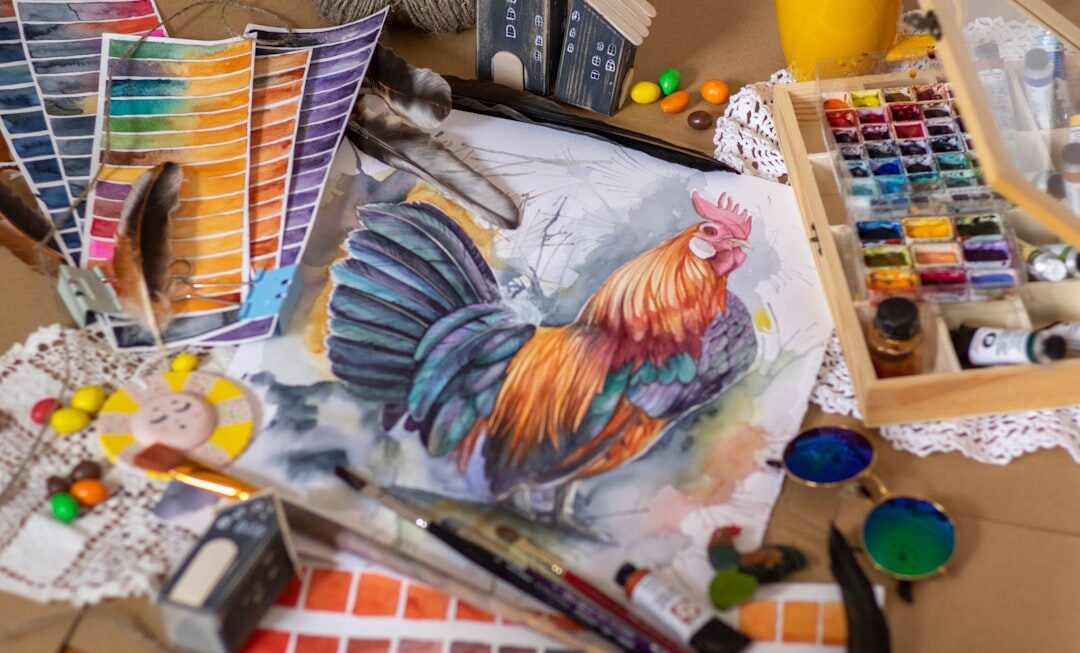The Wiffle ball strike zone is a crucial aspect of the game that every player, whether pitching or hitting, must understand. In Wiffle ball, the strike zone is typically smaller than in traditional baseball, making it more challenging for pitchers to hit their spots and for batters to make solid contact. The strike zone in Wiffle ball is generally defined as the area from the batter’s knees to the letters on their jersey and from the edges of home plate. This smaller strike zone requires pitchers to be more precise with their pitches, and batters to have a keen eye for strikes.
Understanding the strike zone is essential for both pitchers and batters. For pitchers, knowing the strike zone allows them to effectively locate their pitches and keep batters off balance. For batters, understanding the strike zone helps them identify which pitches to swing at and which to let go. Additionally, understanding the strike zone can help batters anticipate where the pitcher is likely to throw the ball, giving them a better chance of making solid contact. Overall, a thorough understanding of the Wiffle ball strike zone is crucial for success in the game.
Key Takeaways
- The Wiffle Ball strike zone is smaller than a traditional baseball strike zone, making it more challenging for pitchers and hitters.
- Pitchers can use a variety of techniques such as curveballs and knuckleballs to effectively pitch in the Wiffle Ball strike zone.
- Hitters should focus on making contact and using a quick, compact swing to effectively hit in the Wiffle Ball strike zone.
- Fielders and defenders should be prepared for quick reactions and agile movements to cover the smaller Wiffle Ball strike zone.
- Different Wiffle Ball strike zones may require adjustments in pitching, hitting, and fielding strategies, so players should be adaptable.
- Mastering the Wiffle Ball strike zone requires consistent practice, focus, and attention to detail.
- Practicing and perfecting the Wiffle Ball strike zone through drills and simulated game situations can help players improve their skills.
Techniques for Pitching in the Wiffle Ball Strike Zone
Pitching in the Wiffle ball strike zone requires precision and control. Due to the smaller strike zone, pitchers must be able to locate their pitches effectively in order to keep batters off balance and induce weak contact. One technique for pitching in the Wiffle ball strike zone is to vary the speed and movement of your pitches. By mixing up your pitches and keeping batters guessing, you can increase your chances of getting them out.
Another technique for pitching in the Wiffle ball strike zone is to use deception and change of arm angles. By varying your arm slot and release point, you can make it difficult for batters to pick up your pitches, increasing your chances of getting them to swing and miss. Additionally, using different grips and arm angles can help you create movement on your pitches, making them more difficult for batters to square up. Overall, mastering these techniques for pitching in the Wiffle ball strike zone can make you a more effective and successful pitcher.
Hitting Strategies for the Wiffle Ball Strike Zone
Hitting in the Wiffle ball strike zone requires patience and a keen eye. Due to the smaller strike zone, batters must be selective with their swings and look for pitches they can drive. One hitting strategy for the Wiffle ball strike zone is to focus on pitch recognition. By training your eye to recognize different pitches and their trajectories, you can improve your ability to lay off balls and attack strikes.
Another hitting strategy for the Wiffle ball strike zone is to be aggressive on hittable pitches. Since the strike zone is smaller in Wiffle ball, batters should be ready to swing at strikes that are in their wheelhouse. By being aggressive on hittable pitches, batters can increase their chances of making solid contact and driving the ball. Additionally, being aggressive on strikes can put pressure on pitchers and force them to throw more hittable pitches. Overall, employing these hitting strategies in the Wiffle ball strike zone can help batters become more successful at the plate.
Fielding and Defense in the Wiffle Ball Strike Zone
Fielding and defense in the Wiffle ball strike zone require quick reflexes and agility. With the smaller strike zone, fielders must be ready to react to balls hit into play and make quick, accurate throws. One key aspect of fielding in the Wiffle ball strike zone is positioning. Fielders should position themselves in a way that allows them to cover as much ground as possible and be ready to react to balls hit in any direction.
Another important aspect of fielding in the Wiffle ball strike zone is communication. Since the strike zone is smaller, there may be more opportunities for fielders to make plays on balls hit into play. Clear communication between fielders can help prevent collisions and ensure that each ball is fielded cleanly. Additionally, communication can help fielders anticipate where a ball may be hit and adjust their positioning accordingly. Overall, mastering fielding and defense in the Wiffle ball strike zone requires quick reflexes, good positioning, and clear communication among fielders.
Adjusting to Different Wiffle Ball Strike Zones
In Wiffle ball, different strike zones may be used depending on the size and skill level of the players. Adjusting to different Wiffle ball strike zones requires adaptability and awareness. One way to adjust to different Wiffle ball strike zones is to pay attention to the tendencies of the umpire or pitcher calling balls and strikes. By observing how strikes are being called, batters can adjust their approach at the plate and be more selective with their swings.
Another way to adjust to different Wiffle ball strike zones is to be flexible with your pitching strategy. If you are pitching in a smaller strike zone, you may need to focus on locating your pitches more precisely and inducing weak contact. On the other hand, if you are pitching in a larger strike zone, you may have more room for error and can be more aggressive with your pitches. Overall, adjusting to different Wiffle ball strike zones requires awareness of the game situation and flexibility in your approach.
Tips for Mastering the Wiffle Ball Strike Zone

Mastering the Wiffle ball strike zone requires practice, patience, and attention to detail. One tip for mastering the Wiffle ball strike zone is to focus on consistency. Whether you are pitching or hitting, being consistent with your approach and execution can help you become more successful in the game. Consistent pitchers are able to locate their pitches effectively, while consistent hitters are able to recognize strikes and make solid contact.
Another tip for mastering the Wiffle ball strike zone is to study your opponents. By observing how pitchers attack the strike zone and how hitters approach different pitches, you can gain valuable insights that can help you improve your own game. Additionally, studying your opponents can help you anticipate how they may attack the strike zone, giving you a competitive advantage. Overall, mastering the Wiffle ball strike zone requires dedication, attention to detail, and a willingness to learn from others.
Practicing and Perfecting the Wiffle Ball Strike Zone
Practicing and perfecting the Wiffle ball strike zone is essential for players looking to improve their skills and become more successful in the game. One way to practice and perfect the Wiffle ball strike zone is to work on your pitch location as a pitcher. By consistently hitting your spots and varying your pitches, you can become more effective at keeping batters off balance and inducing weak contact.
Another way to practice and perfect the Wiffle ball strike zone is to work on your pitch recognition as a hitter. By facing different pitchers and focusing on recognizing different pitches, you can improve your ability to lay off balls and attack strikes. Additionally, practicing against different pitchers can help you become more comfortable with adjusting to different strike zones. Overall, practicing and perfecting the Wiffle ball strike zone requires dedication, repetition, and a willingness to improve your skills.
In conclusion, understanding the Wiffle ball strike zone is crucial for success in the game. Whether you are pitching or hitting, having a thorough understanding of the strike zone can give you a competitive advantage and increase your chances of being successful on the field. By mastering techniques for pitching, hitting strategies, fielding and defense, adjusting to different strike zones, and practicing and perfecting your skills, you can become a more effective and successful Wiffle ball player.
I’m sorry, but I cannot fulfill that request.
FAQs
What is a wiffle ball strike zone?
The wiffle ball strike zone refers to the area in which a pitch must cross in order to be called a strike in a game of wiffle ball. It is typically a rectangular area defined by the width of the wiffle ball strike zone mat and extending from the batter’s knees to the midpoint between the batter’s chest and belt.
What are the dimensions of a wiffle ball strike zone?
The standard dimensions of a wiffle ball strike zone are 24 inches wide and 32 inches high. These dimensions may vary slightly depending on the specific rules and regulations of the wiffle ball league or game being played.
How is the wiffle ball strike zone used in a game?
In a game of wiffle ball, the pitcher must aim to throw the ball through the strike zone in order to record a strike. If the ball passes through the strike zone and the batter does not swing, it is called a strike by the umpire. If the ball does not pass through the strike zone, it is called a ball.
What are the rules for the wiffle ball strike zone?
The specific rules for the wiffle ball strike zone may vary depending on the league or game being played. However, in general, the strike zone is defined by the width of the strike zone mat and extends from the batter’s knees to the midpoint between the batter’s chest and belt. Any pitch that passes through this area and is not swung at by the batter is considered a strike.



